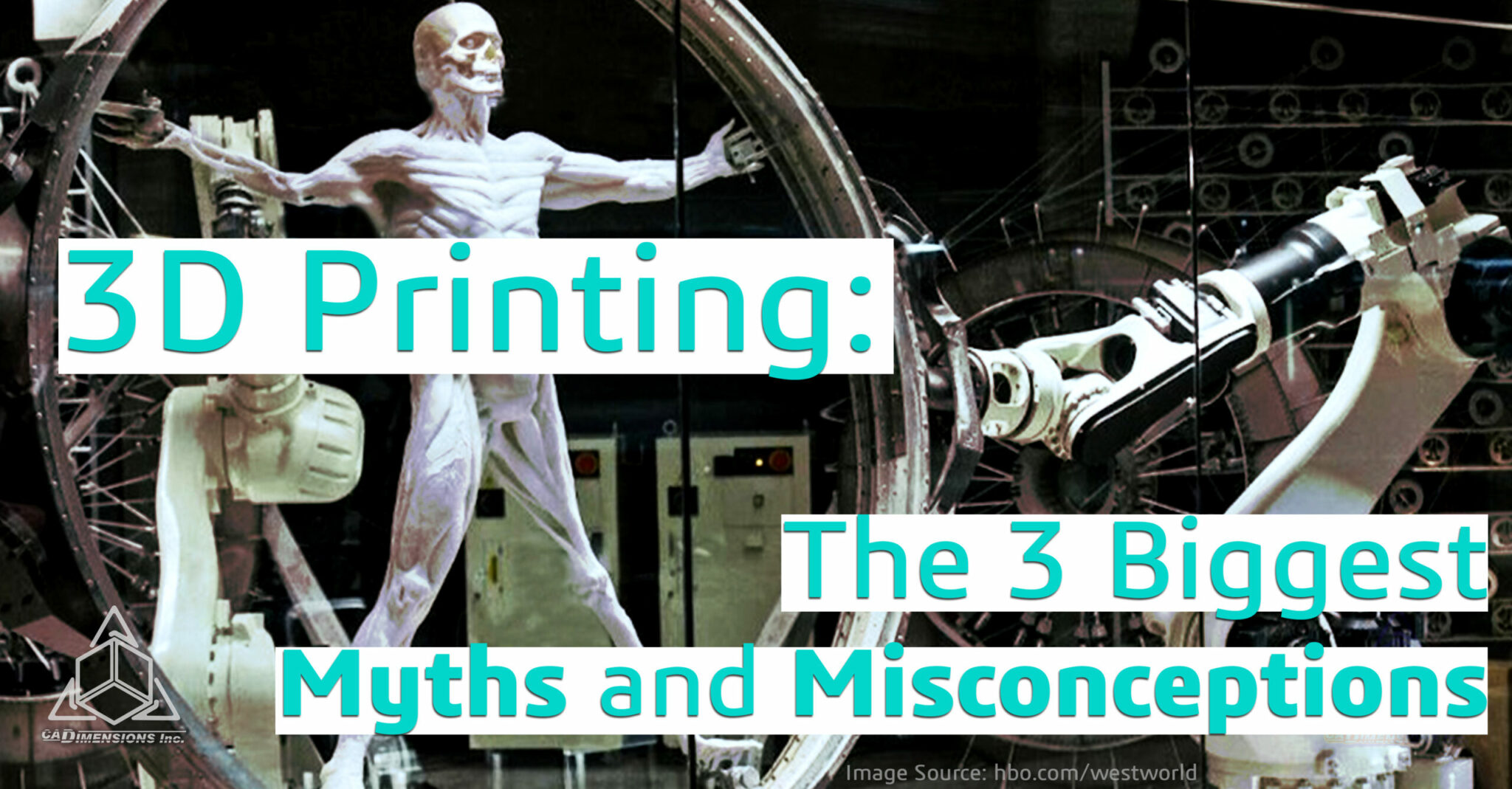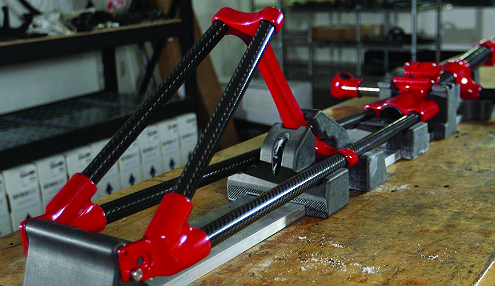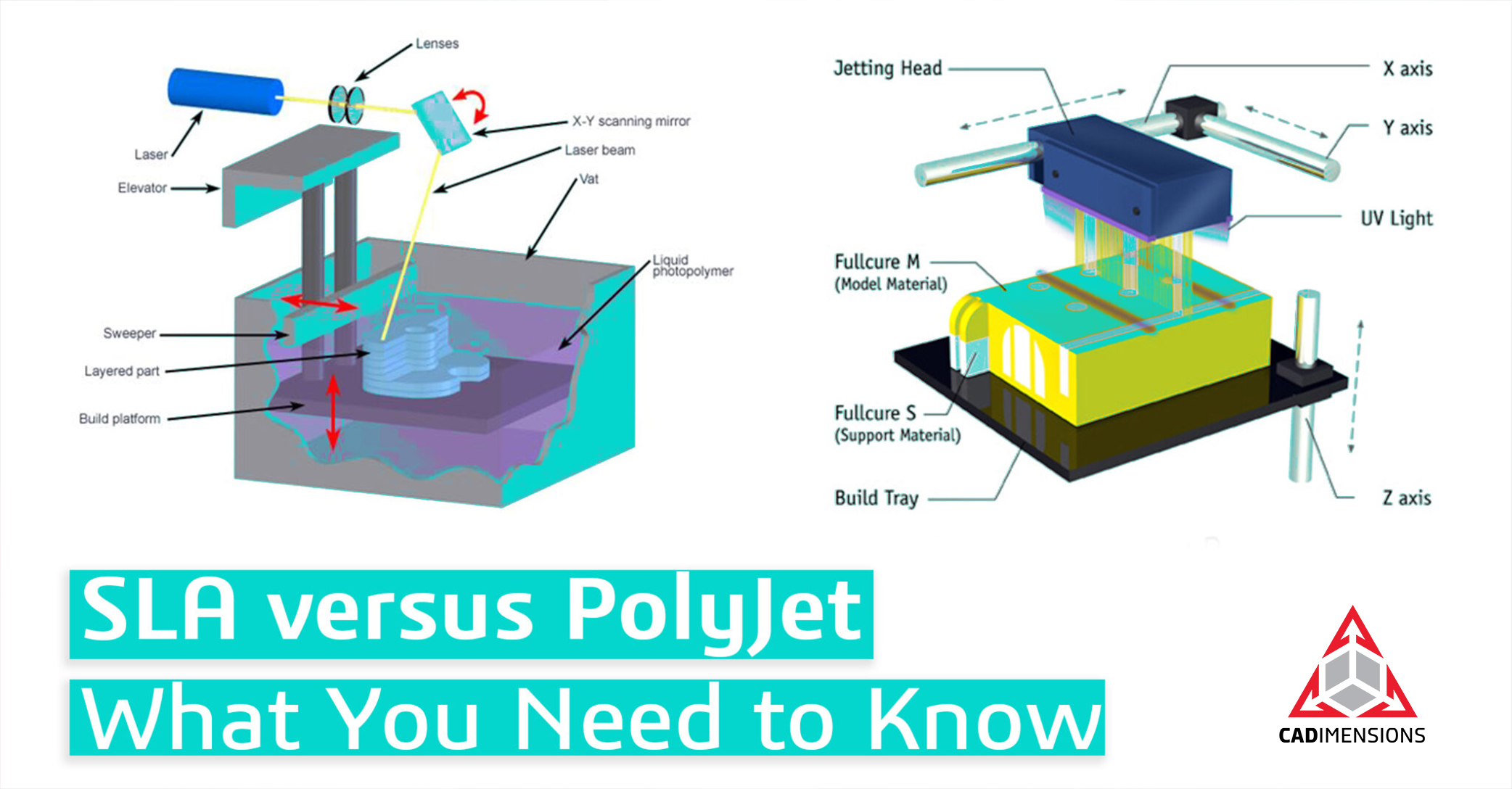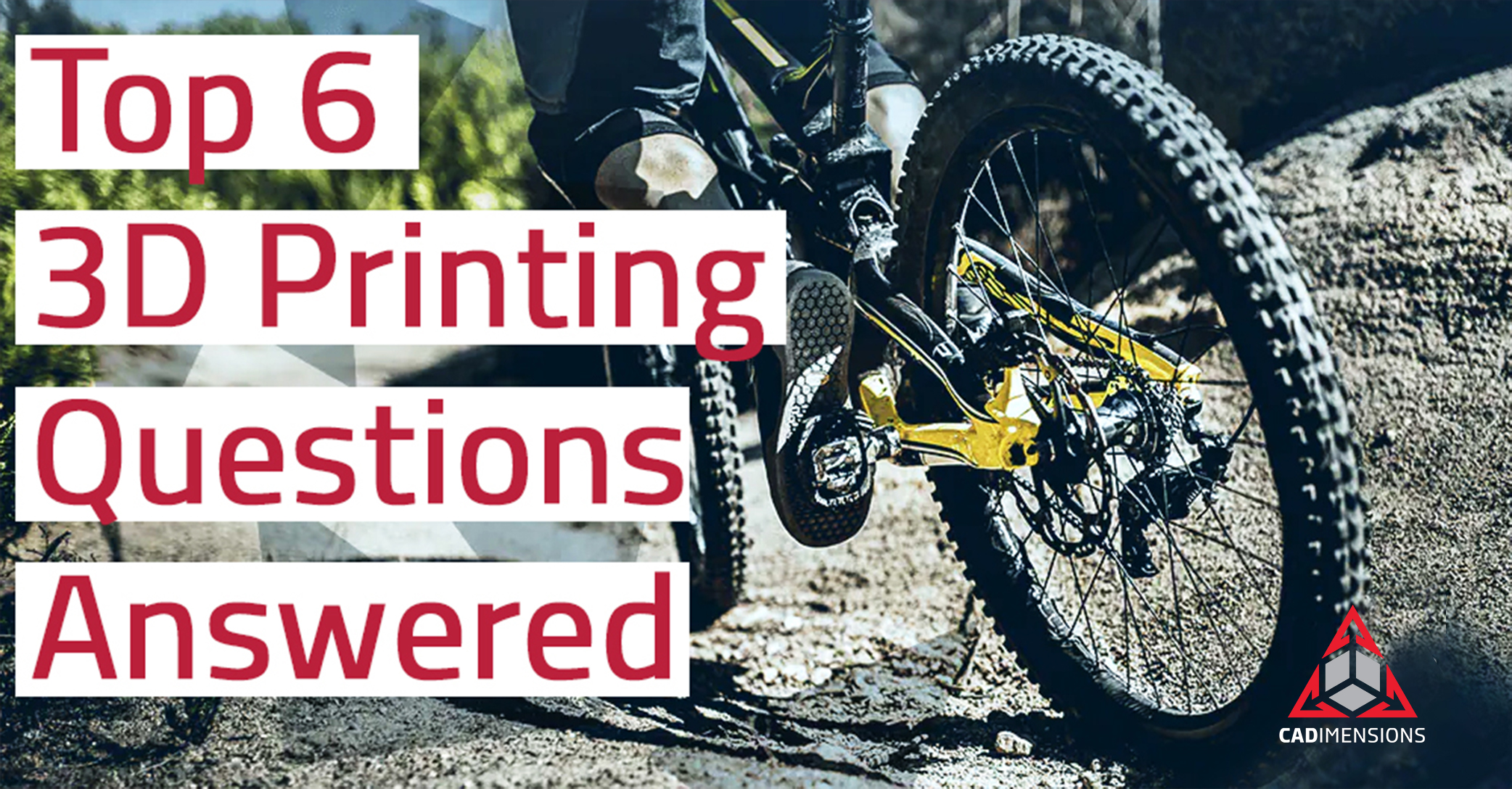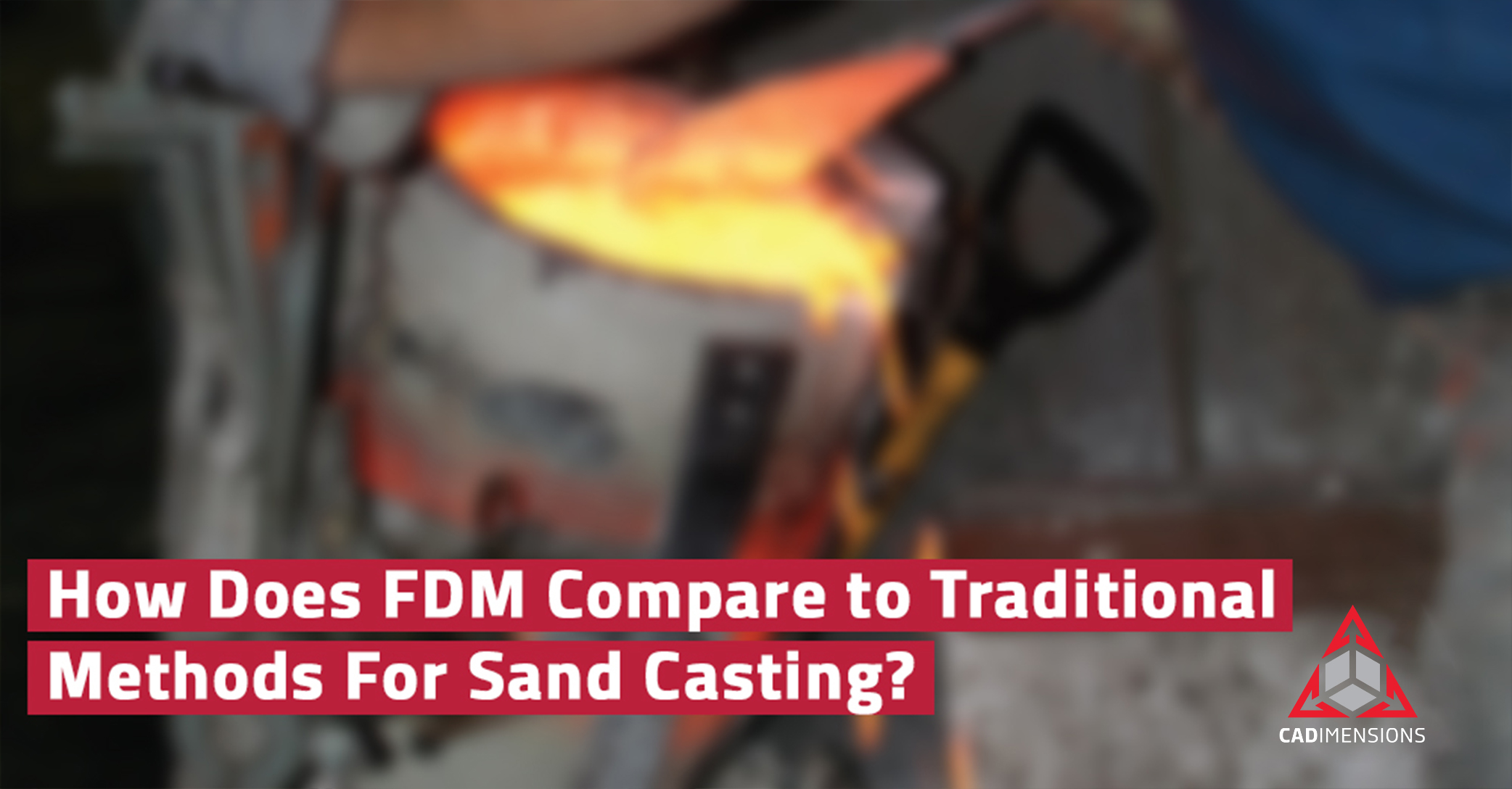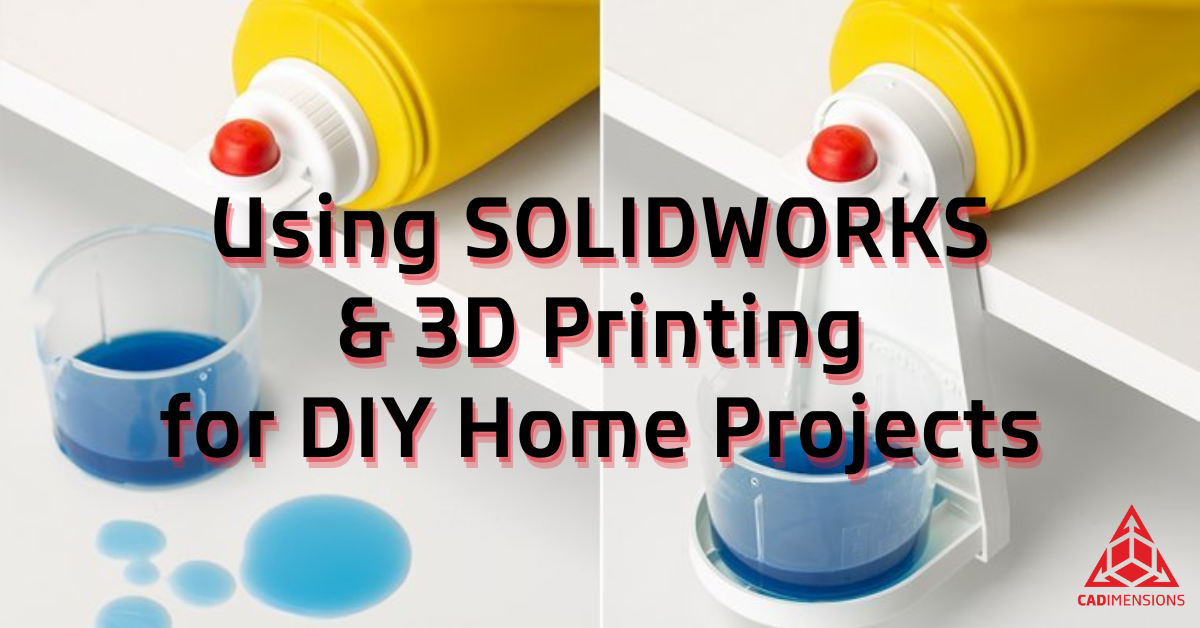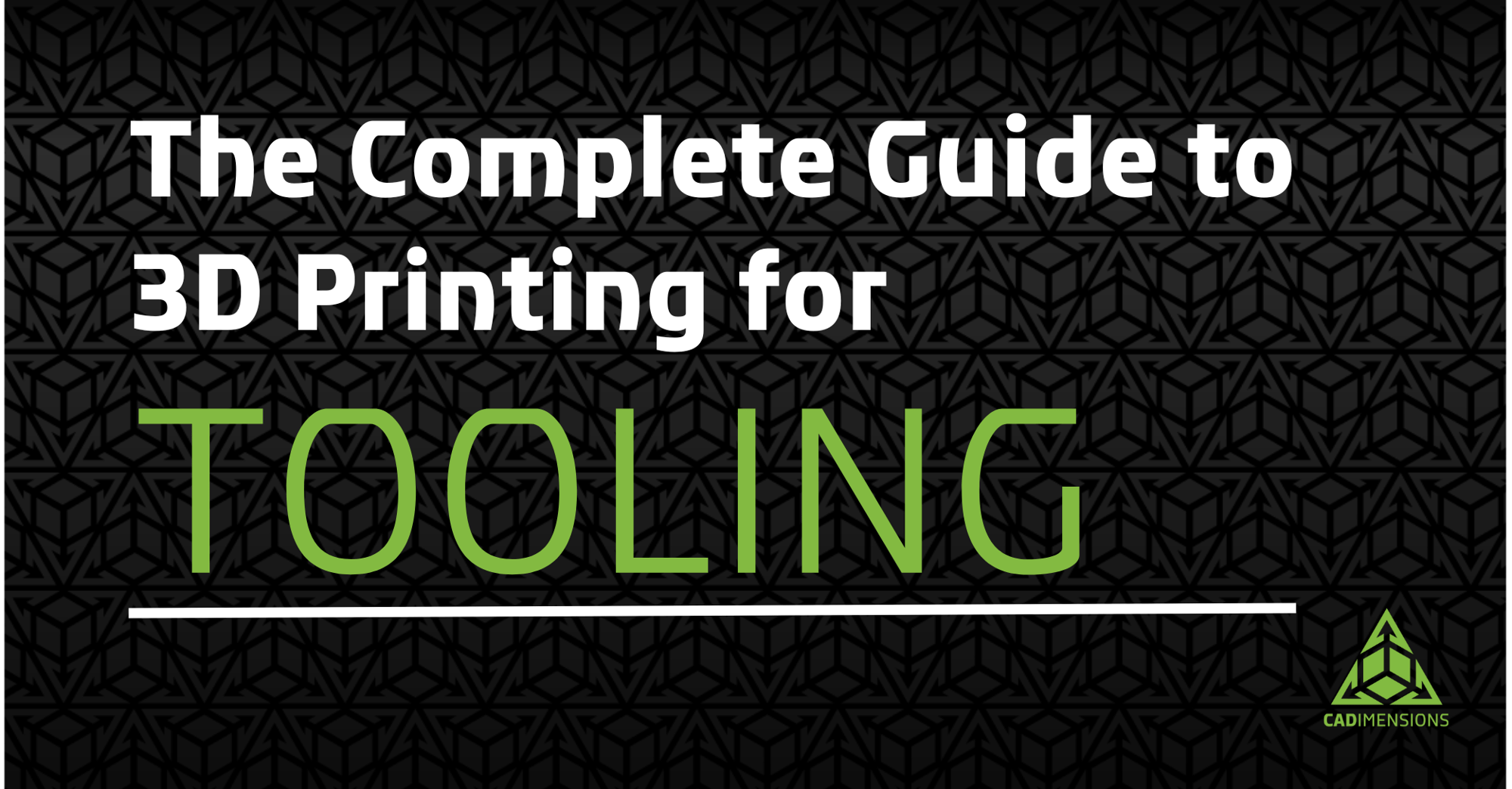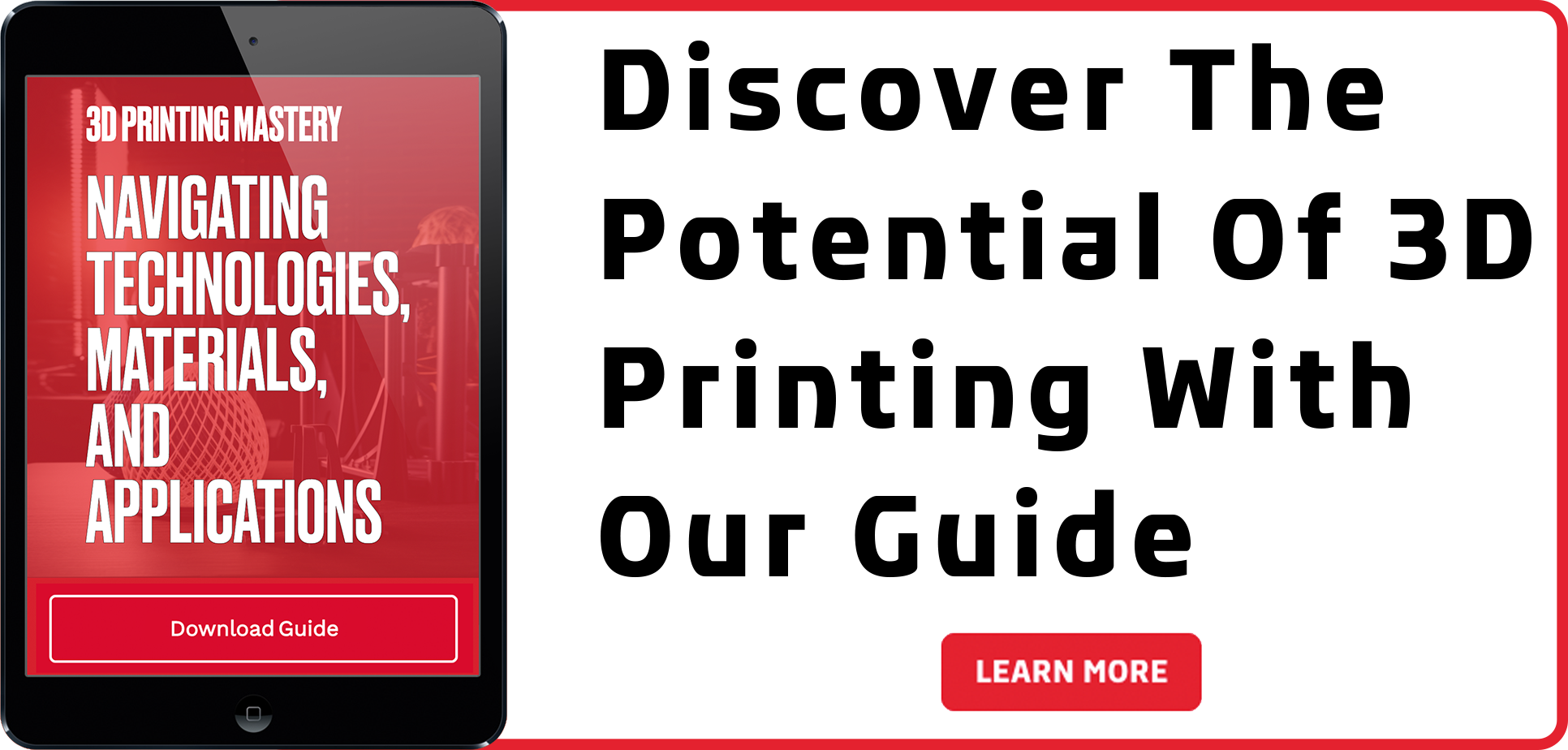3D Printing: The 3 Biggest Misconceptions
Like so many other groundbreaking ideas, there is a balancing act between understanding what the current technology is actually capable of doing and what is simply impossible with current market limitations. A challenge for the 3D printing industry is separating the myth from reality. Some misconceptions go beyond the current capabilities of additive manufacturing (AM) technologies, teetering into the realm of science fiction. While the other side of the spectrum sees 3D printing as a gimmick that is only good at making little knickknacks.
So without further ado, here is my list of 3D printing’s biggest myths and misconceptions.

1. “3D printing is an effective way to build guns.”
The chances of building a working 3D printed gun are very low. The heat and pressure would make it nearly impossible for the firearm and all its moving pieces to function properly.
Problem 1: Exploding Under Pressure
A discharged 5.56 NATO round would crack or blow up a 3D printed barrel. The round creates 55,000 PSI within 0.0005 seconds of being shot which is about 40,000 PSI higher than our strongest materials.
Problem 2: Melting
A printed barrel would warp or melt under the intense heat. The amount of heat produced after roughly 100 shots could give the shooter’s hand third-degree burns if their hand touches the barrel for more than a second. To put that temperature into perspective, most adults will suffer third-degree burns if exposed to 150°F water for two seconds. A steel barrel will still function until the point that the steel begins to glow red at around 800°F.
Currently, none of the non-metal 3D printing materials on the market could withstand those conditions. It may be relatively easy to make a 3D printed firearm, but the gun will most likely be more of a risk to the shooter than anything down range. Most likely, it will malfunction or explode in the hands of the user. However, the advancement of 3D printed parts within combustion engines within the next few years could change everything (3D printed pistons will be covered in #3).
2. “Plastic 3D printing materials cannot be used in a manufacturing environment.”
Materials of the past were not even close to meeting the tolerance and durability requirements of metal solutions.
Obviously, CNC machines are accurate. Their tolerances of ±0.025 - 0.125 mm. However, our Stratasys FDM 3D printers tolerances are around +/- 0.008 in. Where the CNC falls in comparison is when looking at the complexity of the shapes it can produce. These printers have the unique capability to print support systems that make it possible to print fully assembled and fully functional builds with geometries that would never be possible with a subtractive manufacturing process.
Printers and their materials on the market now are reliable enough to be used in various consumer goods, medical, aerospace, and military applications. Volkswagen already has 90 3D printers in its plants, which are used to reproduce rare replacement parts. Recently, they announced that they want “to mass produce structural parts using the technology within two to three years.” Their plans are to include pistons into their printing process.
Most Popular Methods
One of the most common applications in manufacturing right now is jig, gauge, and fixture printing. It saves time when printing hard-to-machine parts due to their complicated geometries. The process also saves time and money when creating a unique component versus traditional subtractive methods. Manufacturers across all industries are benefiting from increased productivity, efficiency, and accuracy. The ability to repeat the same measurement quickly for high quantities helps reduce scrap, money, and the sanity of the quality engineer.

3. ” You can print fully functioning organs.”
For the time being, this is not possible. 3D printing cannot duplicate real human tissue or create functioning organs. These applications require far more complex technologies that still need to be developed. Currently, bioprinting can be used for testing drug safety, which could reduce the number of animal tests and risky clinical trials.
The potential to create replacement organs or assisting the body with repairing damaged organs is possible. For now, let’s just be happy that it is lowering the rate of animal testing.
Real-World Impact

3D printing is having real-world impacts in the medical field. In Nicklaus Children’s Hospital in Miami, Fl. Adenelie Gonzalez, a 4-year-old with a heart anomaly needed surgery to save her life. Her condition was so rare that surgeons were hesitant to operate on her. A 3D printed model of Gonzalez’s heart gave the surgeon the ability to see the problem and configure patches to the exact shape of her real heart that was necessary for the repair.

